

- RFQ
- BOM
-
Contact Us
Tel: +86-0755-83501315
Email: sales@sic-components.com
- Chinese
- English
- French
- German
- Portuguese
- Spanish
- Russian
- Japanese
- Korean
- Arabic
- Irish
- Greek
- Turkish
- Italian
- Danish
- Romanian
- Indonesian
- Czech
- Afrikaans
- Swedish
- Polish
- Basque
- Catalan
- Esperanto
- Hindi
- Lao
- Albanian
- Amharic
- Armenian
- Azerbaijani
- Belarusian
- Bengali
- Bosnian
- Bulgarian
- Cebuano
- Chichewa
- Corsican
- Croatian
- Dutch
- Estonian
- Filipino
- Finnish
- Frisian
- Galician
- Georgian
- Gujarati
- Haitian
- Hausa
- Hawaiian
- Hebrew
- Hmong
- Hungarian
- Icelandic
- Igbo
- Javanese
- Kannada
- Kazakh
- Khmer
- Kurdish
- Kyrgyz
- Latin
- Latvian
- Lithuanian
- Luxembou..
- Macedonian
- Malagasy
- Malay
- Malayalam
- Maltese
- Maori
- Marathi
- Mongolian
- Burmese
- Nepali
- Norwegian
- Pashto
- Persian
- Punjabi
- Serbian
- Sesotho
- Sinhala
- Slovak
- Slovenian
- Somali
- Samoan
- Scots Gaelic
- Shona
- Sindhi
- Sundanese
- Swahili
- Tajik
- Tamil
- Telugu
- Thai
- Ukrainian
- Urdu
- Uzbek
- Vietnamese
- Welsh
- Xhosa
- Yiddish
- Yoruba
- Zulu
- Kinyarwanda
- Tatar
- Oriya
- Turkmen
- Uyghur
Switched Capacitor Filters
What are Switched Capacitor Filters?
Switched capacitor filters(https://www.sic-components.com/filters) are a specialized class of electronic filters that leverage capacitors and switches to mimic the behavior of resistors and other circuit elements, enabling precise frequency - selective signal processing. Unlike traditional filters that rely on discrete resistors, capacitors, and inductors, switched capacitor filters operate by rapidly switching capacitors between different voltage levels. This unique approach allows them to achieve complex filtering characteristics with high precision and is particularly well - suited for integration into integrated circuits (ICs).
The Developments of Switched Capacitor Filters https://www.sic-components.com/filters
The development of switched capacitor filters can be traced back to the growing demand for compact, precise, and easily - integrated filtering solutions in the semiconductor industry. In the early days of integrated circuit development, traditional analog filters faced challenges in terms of size, power consumption, and precision when integrated onto a chip. The concept of switched capacitor filters emerged as a solution to these problems in the 1960s and 1970s.
Initial research focused on understanding the basic principles of charge transfer between capacitors using switches. As semiconductor technology advanced, especially with the improvement of metal - oxide - semiconductor (MOS) technology, it became possible to fabricate high - quality switches and capacitors on the same chip. This led to the practical implementation of switched capacitor filters in various applications. Over the years, continuous research and development have refined the design techniques, improved the performance in terms of accuracy, speed, and power consumption, and expanded their use across different industries.
How Does Switched Capacitor Filters Work? https://www.sic-components.com/filters
The operation of switched capacitor filters is based on the principle of charge transfer. Capacitors are the key elements, and their charging and discharging processes are carefully controlled by switches.
Charge Transfer Process
Charging Phase: A capacitor is connected to a voltage source through a switch. During this phase, the capacitor charges up to the voltage level of the source. The amount of charge Q stored in the capacitor is given by Q=CV, where C is the capacitance of the capacitor and V is the applied voltage.
Discharging Phase: The charged capacitor is then disconnected from the voltage source and connected to another part of the circuit through a different switch. The capacitor discharges, transferring its stored charge to the new node.
Emulating Resistance
By repeatedly charging and discharging the capacitors at a high frequency, the switched capacitor circuit can simulate the behavior of a resistor. The effective resistance
Reff of the switched capacitor equivalent is inversely proportional to the product of the capacitance C and the switching frequency f, expressed as Reff= 1/fC. This ability to mimic resistance is crucial for implementing filtering functions, as resistors play a key role in determining the frequency response of traditional filters.
Filtering Signal
The overall filtering effect is achieved by combining multiple stages of these switched capacitor circuits. Each stage can be designed to have a specific contribution to the overall frequency response. By carefully controlling the timing of the switches and the values of the capacitors in each stage, different types of filters such as low - pass, high - pass, band - pass, and notch filters can be created.
Types of Switched Capacitor Filters https://www.sic-components.com/filters
Switched capacitor filters can be categorized into several main types, each designed to manipulate signals in different frequency ranges and serve specific purposes. Here is an in - depth look at the common types of switched capacitor filters:
1. Low - Pass Switched Capacitor Filters
Function and Operation Principle: Low - pass filters are designed to allow low - frequency signals to pass through while attenuating high - frequency signals. In a switched capacitor low - pass filter, the circuit is configured such that as the frequency of the input signal increases, the impedance of the switched capacitor elements effectively blocks the signal flow. This is achieved through the interaction of the capacitor charging and discharging cycles controlled by the switches. At low frequencies, the capacitors have enough time to charge and discharge, allowing the signal to pass with minimal attenuation. However, as the frequency rises, the switching rate becomes too slow relative to the signal's frequency, and the capacitors cannot keep up, resulting in increased attenuation of the high - frequency components.
Applications: They are widely used in audio systems to remove high - frequency noise, such as hiss, from music or speech signals. In power supply circuits, low - pass switched capacitor filters can smooth out the DC output, reducing voltage ripples caused by the switching action of power converters. Additionally, in analog - to - digital conversion, these filters are employed as anti - aliasing filters to ensure that high - frequency signals outside the desired bandwidth do not cause aliasing errors during the sampling process.
2. High - Pass Switched Capacitor Filters
Function and Operation Principle: High - pass filters work in the opposite way of low - pass filters, allowing high - frequency signals to pass while blocking low - frequency signals. In a high - pass switched capacitor filter, the initial charge state of the capacitors and the switching sequence are arranged to prevent low - frequency signals from passing through easily. Low - frequency signals attempt to charge the capacitors, but the slow - changing nature of these signals means that the capacitors do not fully discharge or charge in time to pass the signal. High - frequency signals, on the other hand, can cause rapid changes in the capacitor voltages, enabling them to pass through the filter with relatively low attenuation.
Applications: High - pass filters are used in audio equipment to eliminate unwanted low - frequency rumble or background noise. In electronic measurement systems, they can be used to remove DC offsets from sensor signals, ensuring that only the AC - coupled or fluctuating components of the signal are processed. In some communication circuits, high - pass filters help in isolating the high - frequency carrier signals from the low - frequency control or bias signals.
3. Band - Pass Switched Capacitor Filters
Function and Operation Principle: Band - pass filters are designed to allow a specific range of frequencies (the passband) to pass through while significantly attenuating frequencies outside this range. A switched capacitor band - pass filter is typically composed of multiple stages, with some stages acting as low - pass filters and others as high - pass filters. The combination of these stages creates a frequency window where signals can pass. The low - pass part of the filter blocks frequencies above the upper limit of the passband, while the high - pass part blocks frequencies below the lower limit of the passband. The precise tuning of the capacitor values and switching frequencies in each stage determines the width and center frequency of the passband.
Applications: In radio receivers, band - pass filters are crucial for selecting a particular radio station's frequency from the wide range of available frequencies in the airwaves. In audio equalization, band - pass filters can be used to enhance or cut specific frequency bands, such as boosting the mid - frequencies to add warmth to a voice or musical instrument. In some sensor - based systems, band - pass filters are used to isolate and amplify the frequencies of interest from the sensor output, filtering out other interfering frequencies.
4. Notch (or Band - Reject) Switched Capacitor Filters
Function and Operation Principle: Notch filters are designed to block a very narrow range of frequencies (the notch frequency or stopband) while allowing other frequencies to pass relatively unaffected. In a switched capacitor notch filter, the circuit is carefully designed to create a resonance at the specific frequency that needs to be blocked. This resonance causes a significant increase in impedance at the notch frequency, effectively attenuating the signal at that frequency. By adjusting the capacitor values and the switching characteristics, the width and depth of the notch can be controlled precisely.
Applications: They are commonly used to remove unwanted interference at specific frequencies, such as the 50 Hz or 60 Hz power line interference that can affect sensitive electronic measurements. In audio recording and playback, notch filters can be used to eliminate hum or other persistent frequency - specific noises. In communication systems, notch filters can be employed to block interfering signals that operate at a particular frequency within the system's operating bandwidth.
Features of Switched Capacitor Filters
Precision: The performance of switched capacitor filters depends mainly on the ratio of capacitor values, which can be precisely controlled during the manufacturing process of integrated circuits. This results in highly accurate and consistent filtering characteristics.
Scalability: They can be easily adapted to different semiconductor technologies and manufacturing processes. Whether it's a new generation of CMOS technology or a specialized process, the basic design principles of switched capacitor filters remain applicable, allowing for easy design reuse and modification.
Low Power Consumption: Since they operate based on charge transfer between capacitors rather than continuous current flow through resistors (as in traditional filters), switched capacitor filters consume very low power. This makes them suitable for battery - powered devices, such as mobile phones and portable measurement equipment.
Integration: Switched capacitor filters are highly suitable for integration into integrated circuits. They can be fabricated on the same chip along with other digital and analog components, reducing the overall size and cost of the electronic system and improving signal integrity.
Programmability (in some cases): Some switched capacitor filters can be designed to be programmable. By changing the switching frequency, the connection pattern of capacitors, or the control signals, the filter's characteristics such as cutoff frequency, passband ripple, and stopband attenuation can be adjusted, providing flexibility for different application requirements.
The Function of Switched Capacitor Filters https://www.sic-components.com/filters
Signal Conditioning
Noise Removal: Switched capacitor filters are effective in removing unwanted noise from signals. For example, in a sensor - based measurement system, low - pass filters can eliminate high - frequency electrical noise that may interfere with the accurate measurement of the sensor output. High - pass filters can remove low - frequency drift or DC offsets that can distort the signal.
Signal Smoothing: They can smooth out rapidly changing or jagged signals. In digital - to - analog conversion, a low - pass switched capacitor filter can be used to convert the discrete steps of the digital signal into a smooth analog waveform, reducing quantization errors.
Frequency Selection
Band Selection in Communication: In communication systems, band - pass switched capacitor filters are used to select specific frequency bands for signal transmission and reception. This allows multiple signals to be transmitted simultaneously over different frequency bands without interference, as in the case of cellular networks where different channels operate at different frequencies.
Frequency Isolation: Notch filters are used to isolate and remove specific interference frequencies. In power - sensitive electronic devices, notch filters can be employed to eliminate the interference caused by power line frequencies, ensuring the proper operation of the device.
The Applications of Switched Capacitor Filters https://www.sic-components.com/filters
Consumer Electronics
Audio Systems: In audio devices such as headphones, speakers, and home theater systems, switched capacitor filters are used for equalization, noise reduction, and crossover functions. They can shape the frequency response of the audio signal to enhance the sound quality, remove background noise, and separate different frequency components for proper distribution to different speakers (e.g., subwoofers for low frequencies and tweeters for high frequencies).
Video Devices: In digital cameras and video recorders, switched capacitor filters are used in signal processing circuits to remove noise from the image sensor output, adjust the color balance by filtering specific frequency components of the video signal, and improve the overall image quality.
Telecommunications
Mobile Phones and Base Stations: In mobile communication devices, switched capacitor filters are used in the RF front - end circuits to filter out unwanted frequencies, select the desired communication channels, and reduce interference. In base stations, they play a crucial role in signal conditioning and frequency management to ensure reliable and efficient communication over a wide area.
Data Communication Networks: In data communication systems such as Ethernet networks and wireless local area networks (WLANs), switched capacitor filters are used to filter and condition the data signals, removing noise and interference to ensure accurate data transmission and reception.
Medical Devices
Diagnostic Equipment: In medical diagnostic devices like electrocardiogram (ECG) machines, electroencephalogram (EEG) machines, and blood pressure monitors, switched capacitor filters are used to process the weak electrical signals detected from the human body. They remove noise and interference, amplify the relevant signal components, and improve the accuracy of the diagnosis.
Therapeutic Devices: In therapeutic devices such as pacemakers and insulin pumps, switched capacitor filters are used to ensure the proper operation of the control circuits. They filter out electrical noise that could disrupt the normal functioning of the device and help in accurately delivering the therapeutic signals or medications.
Industrial Electronics
Sensor Signal Processing: In industrial environments, a wide variety of sensors are used to measure parameters such as temperature, pressure, flow, and vibration. Switched capacitor filters are used in sensor signal conditioning modules to filter out electrical noise from the sensor outputs, amplify weak signals, and convert analog sensor signals to digital form for further processing by programmable logic controllers (PLCs) or other industrial control systems.
Motor Control: In motor control systems, switched capacitor filters are used to filter the electrical signals used for controlling the speed and torque of motors. They can remove harmonic distortions and electrical noise, ensuring smooth and efficient motor operation.
Conclusion
Switched capacitor filters have revolutionized the field of electronic filtering with their unique combination of precision, low power consumption, and integration capabilities. From their humble beginnings as a solution to the limitations of traditional integrated analog filters, they have evolved into a versatile and indispensable component in modern electronics. Their ability to perform a wide range of filtering functions, from simple noise removal to complex frequency selection, makes them suitable for applications across diverse industries, including consumer electronics, telecommunications, medical devices, and industrial electronics. As semiconductor technology continues to advance, it is likely that switched capacitor filters will become even more sophisticated, with improved performance and new applications, further solidifying their position as a key technology in the electronics industry.
Are you in search of top - notch Switched Capacitor Filters? Look no further than SIC Company! As a leading distributor and supplier, we boast an extensive product portfolio, encompassing a diverse range of Switched Capacitor Filters to meet every need.
We have forged strong partnerships with numerous renowned manufacturers worldwide, ensuring access to the latest and highest - quality products. Our pricing is highly competitive, providing you with excellent value for your investment. With our efficient logistics network, your orders will reach you promptly, minimizing downtime.
Moreover, our after - sales service is unparalleled. Our dedicated team is always ready to assist with any queries or issues, guaranteeing a seamless experience from purchase to implementation. Choose SIC Company for all your Switched Capacitor Filter requirements!
https://www.sic-components.com/filters

Hot Products
View MoreRelated Blogs

2000+
Daily average RFQ Volume

30,000,000
Standard Product Unit

2800+
Worldwide Manufacturers

15,000 m2
In-stock Warehouse



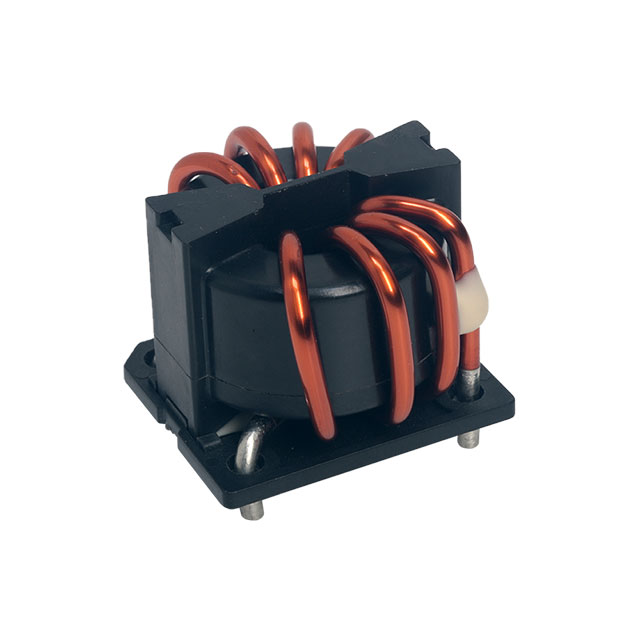
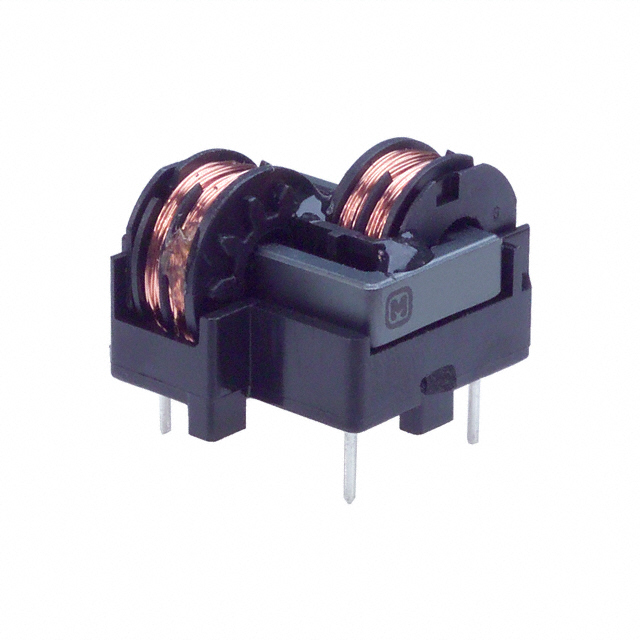
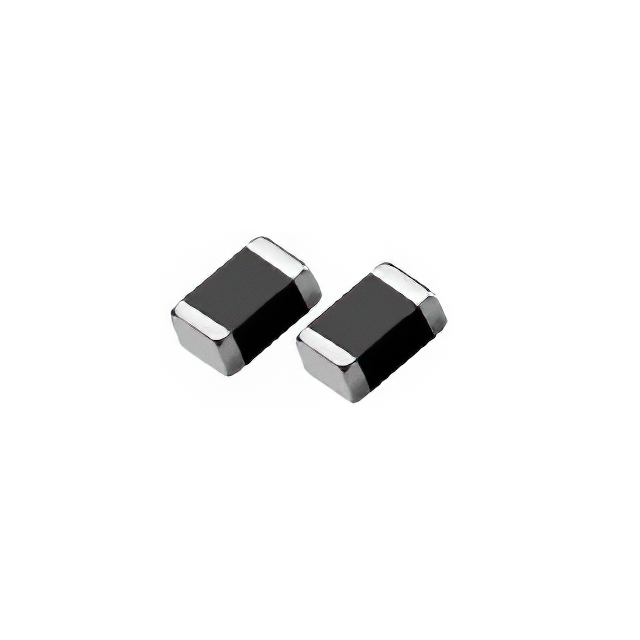


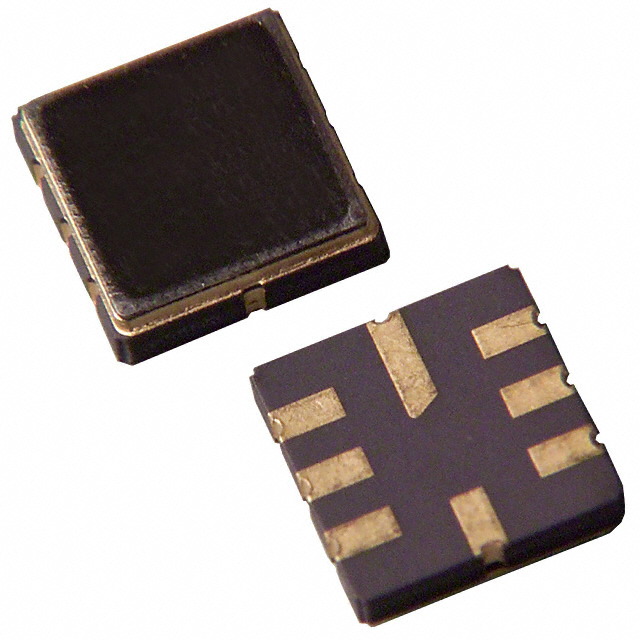



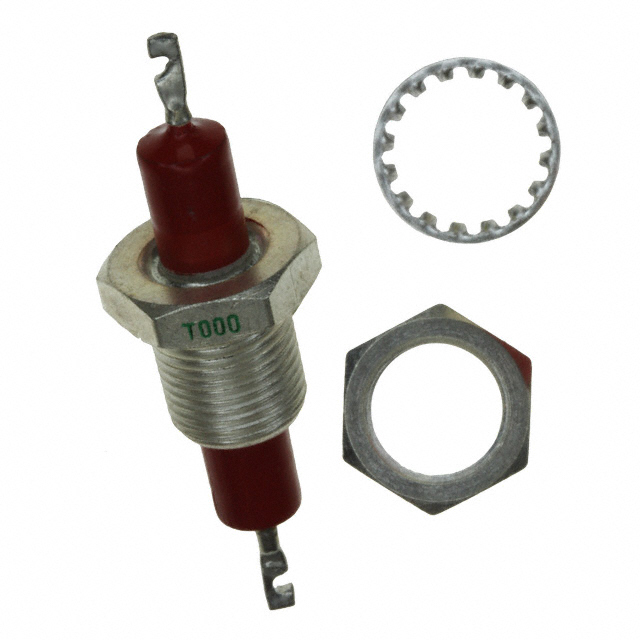
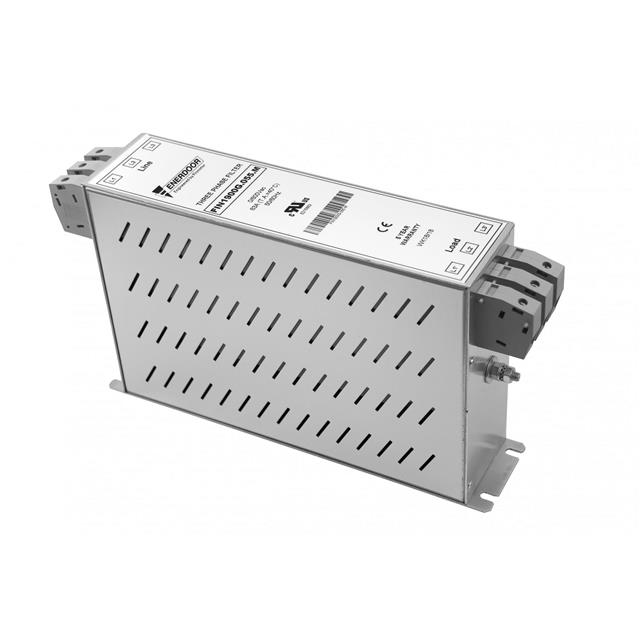
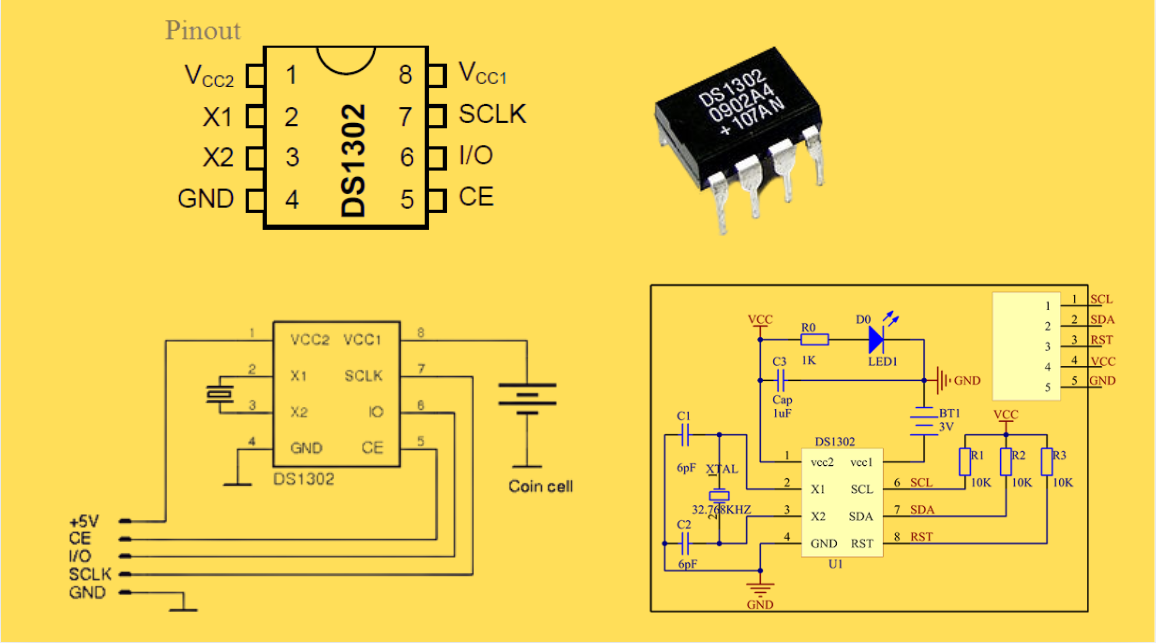
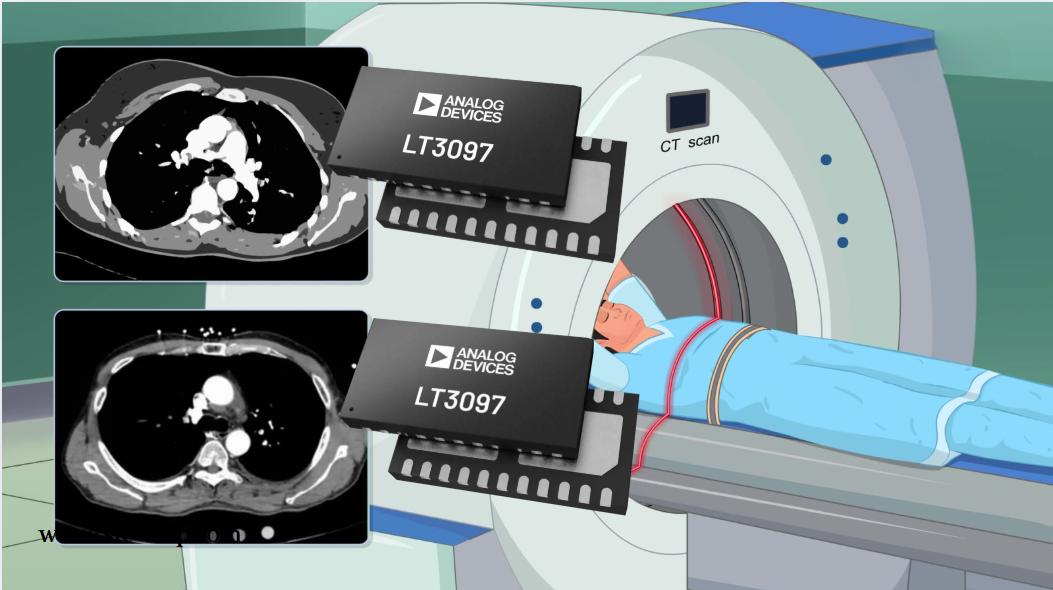
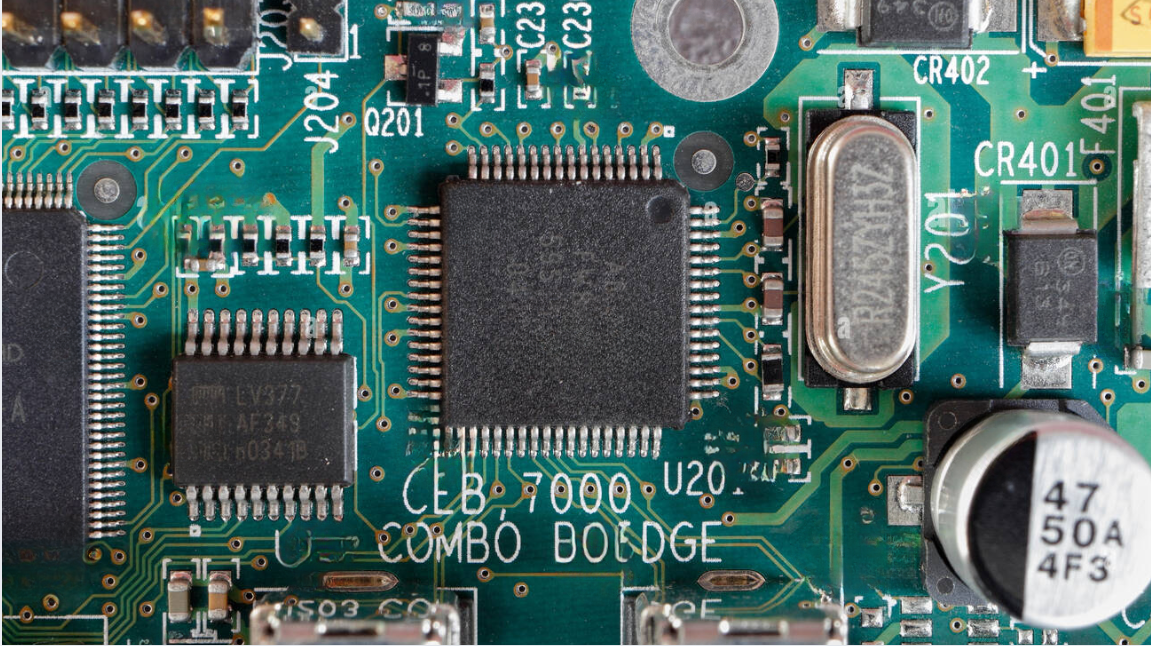
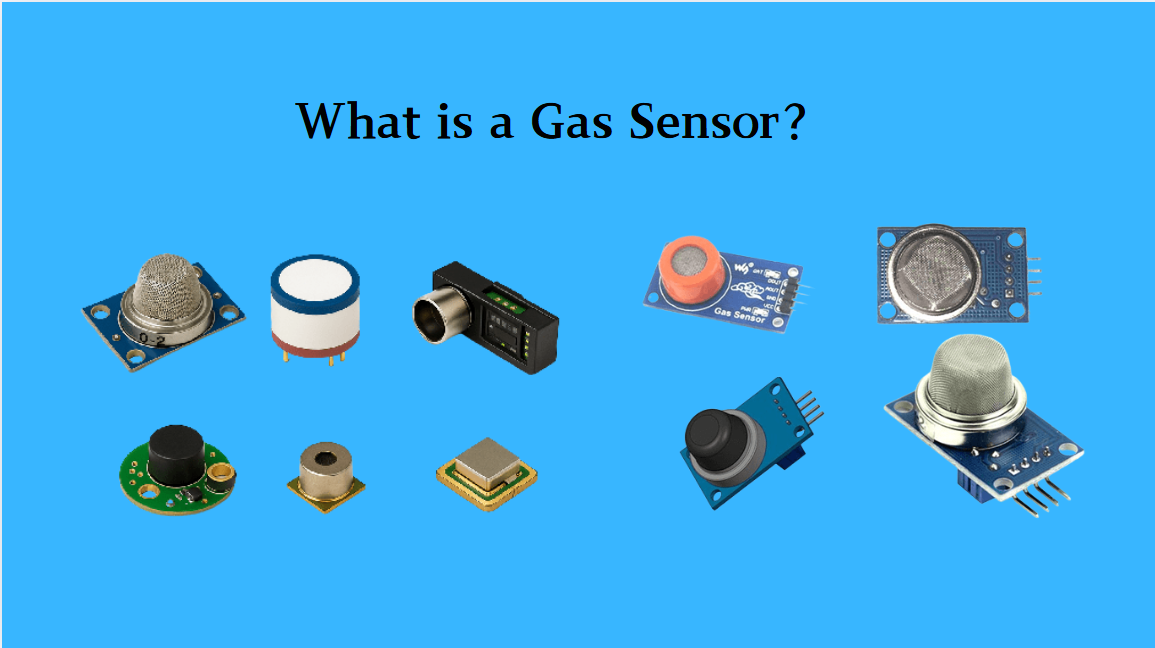
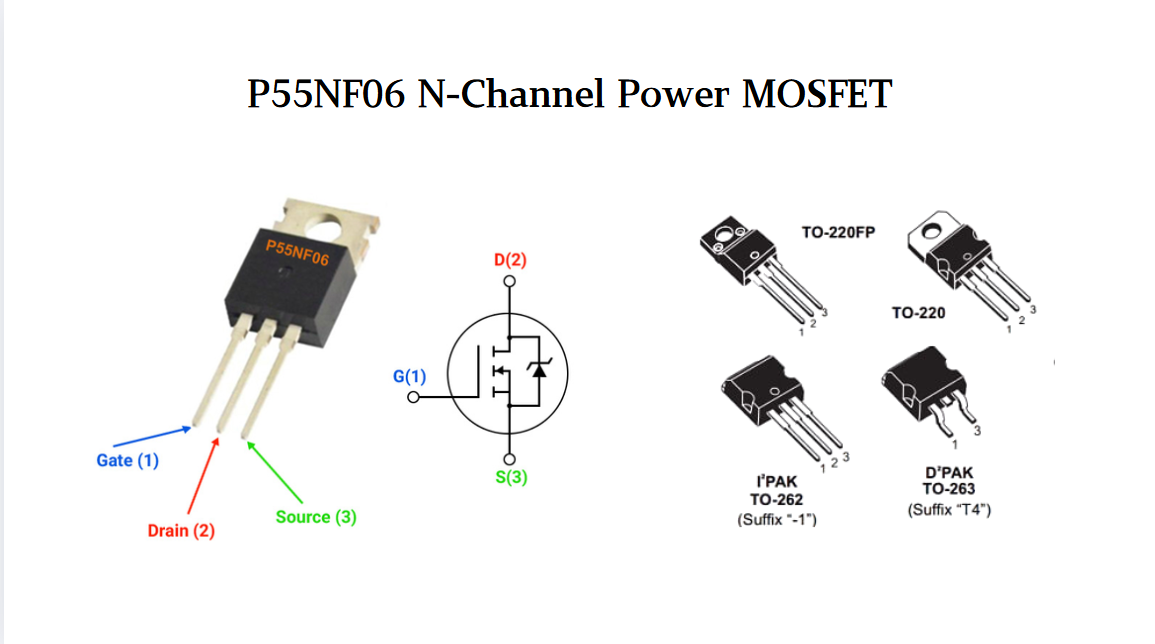
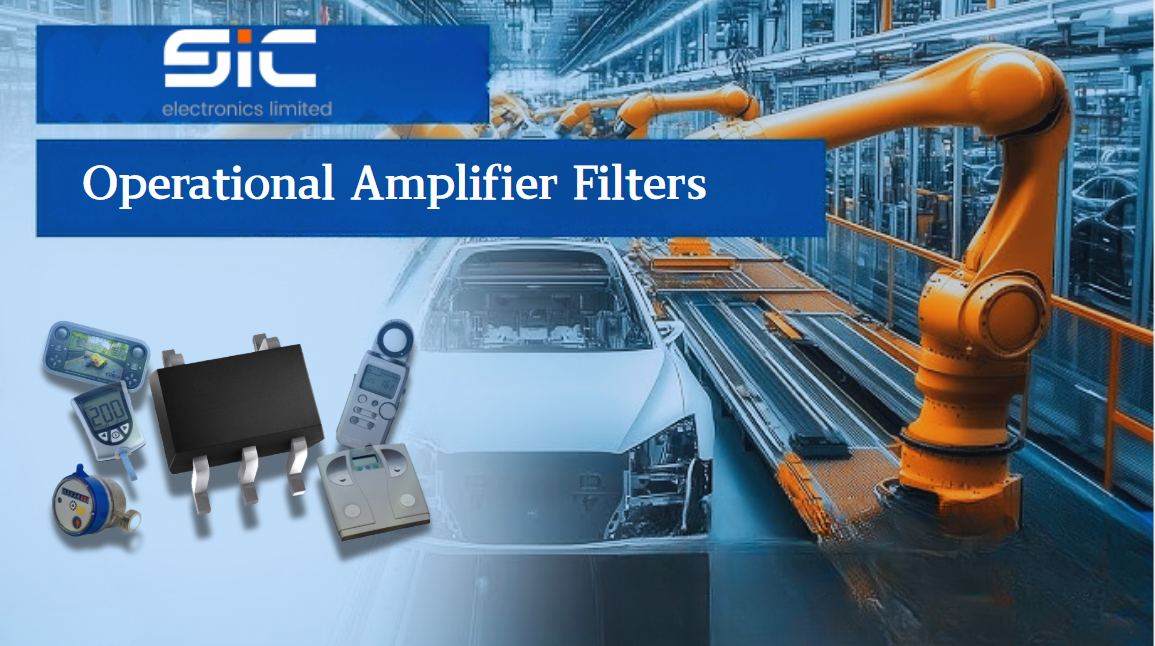

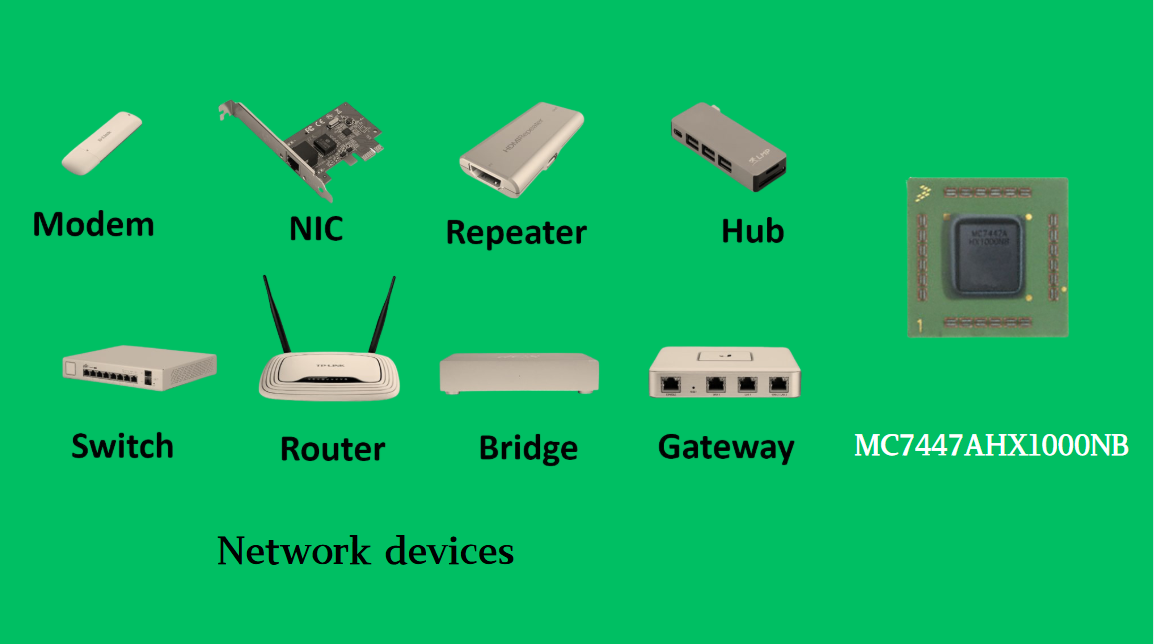

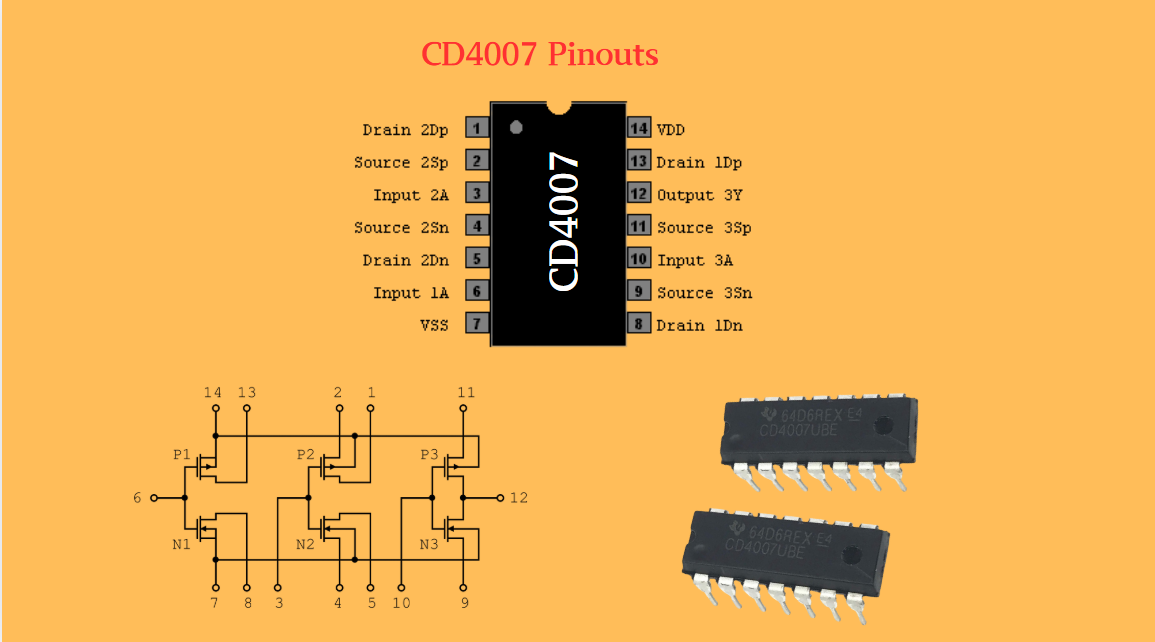
 Wishlist (0 Items)
Wishlist (0 Items)